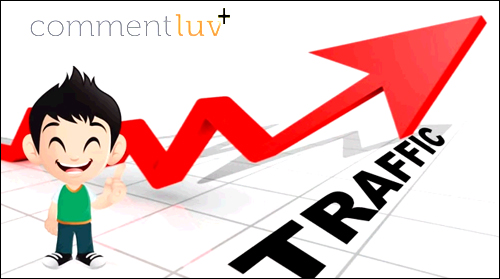

So far, we have covered the following in this article series:
In Part One, we explained why using an expertly configured WordPress website or blog is the key to automating traffic to your website …
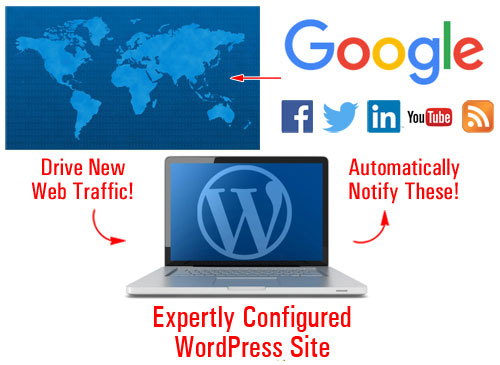

(With an expertly configured WordPress blog, all you have to do to automatically bring more traffic is post web content on a consistent basis!)
In Part Two, we discuss the setup phase. We help you understand the best way to start if you don’t have a web presence yet, how to set things up if you already have a website, and what to do if your existing site is built with WordPress.
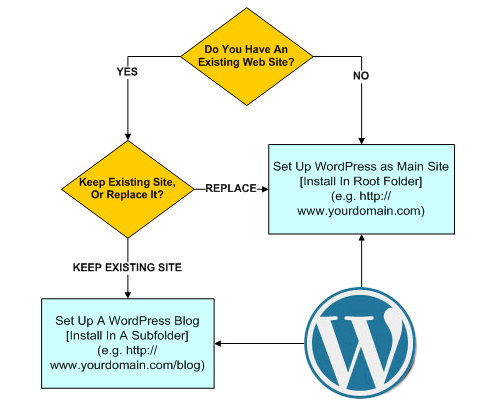

(In Part two we show you where to set up a WordPress site on your domain)
In Part Three, we discuss the configuration phase of this system.
In this step, we configure all the settings that affect your site’s traffic-getting ability …
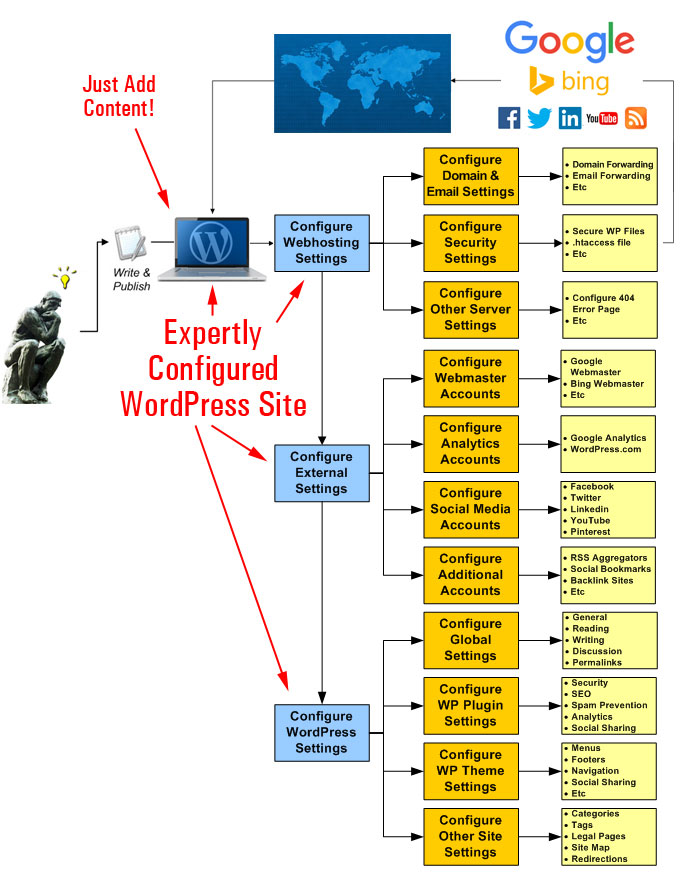

(In Part 3 we show you how to configure all the settings that affect your site’s traffic-getting ability)
In this section of the series, we will look at ways to automate the traffic system with different WordPress plugins.
Why Automate Your Traffic Generation Process?
Depending on which business marketing expert you listen to, you could find yourself investing an hour or more each day posting content on social media while also trying to manage your business, your content and your online presence.
Most small businesses lack the time, resources and financial means to engage in the kind of content marketing that many marketing experts are prescribing. If you spent hours posting updates on LinkedIn, Twitter, and Facebook in addition to planning and writing content for your blog or website, how would anything else in your business get done?
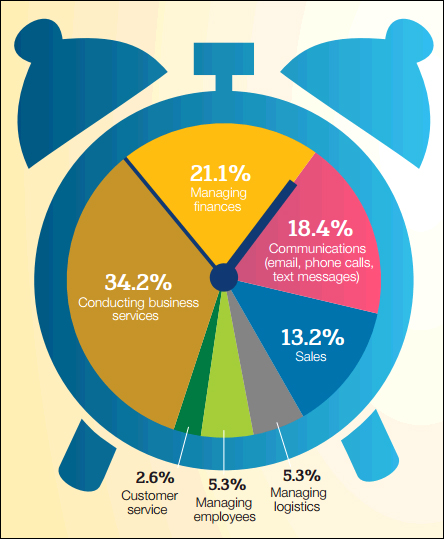

(Keeping a business running is how most small business owners spend their time. Image source: National Federation Of Independent Businesses)
Small business owners spend most of their time keeping their businesses up and running. In addition to running a business, there’s sales and marketing. After all, businesses need to stay competitive and make sales in order to survive.
Research conducted by VerticalResponse – an email and social media marketing company, found that:
- 43% of all businesses surveyed spent 6 or more hours each week on social media (the other half spent even more time – between 6 and 21+ hours per week). This was a 66% increase from the previous year, so if the same research was done today, the figures would most likely be higher.
- More than half of all small businesses surveyed spent 1-3 hours or more creating a blog post.
- Finding and posting content for social media was the activity that consumed the most time online for all businesses surveyed.
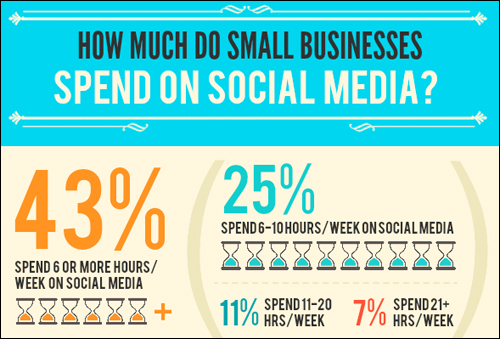

(Businesses are spending more time each year marketing and promoting themselves online. Image source: VerticalResponse)
As small businesses spend more time promoting and marketing themselves online as a matter of business survival and competition, this leaves even less time for under-resourced businesses to focus on other vital areas …


(Businesses with limited resources, time, and marketing budget and many business areas to focus on require careful planning of their marketing strategy.)
Another thing to keep in mind is that, in addition to spending time social media websites, you are investing all of your efforts into virtual real estate that you don’t control. You don’t own Twitter, Facebook, or YouTube. These sites often will make decisions that impact your business without first consulting you. Why invest so much effort and time building a business on rented real estate? With a self-hosted WordPress site, you can control your own real estate and post your content automatically to other online accounts.
Investing in business automation to save time is nothing new. Businesses of all sizes have been doing it since the dawn of the Industrial Age. In the Information Age, however, the exponential growth marketing channels creates a number of dilemmas for business owners, especially for those with limited budgets, resources, and time. For example:
- Which of these channels do you invest more budget, efforts, and time on?
- Should you invest so much time and effort building a web presence on other people’s sites (e.g. YouTube, Twitter, Tumblr, etc.) while ignoring your own website?
- Do you create new content for every channel you plan to promote and market your business on?
The Benefits Of Automating Your Traffic Generation Process With WordPress
What I’d like to share with you now, is a free, simple, and effective strategy that allows you to automate the traffic-getting process with WordPress.
With this formula, you will be able to:
- Save time creating content for your website and social media,
- Save money on content creation and unnecessary online marketing costs,
- Determine which marketing channels you should invest more budget, time, and your efforts on,
- Invest most of your time building your own asset and still benefit from other people’s marketing channels.
![]()
![]()
Many automated traffic solutions tend to focus on black hat methods, such as manipulating search engine results. This is not what the focus of this article series is about. In fact, we strongly recommend avoiding black hat strategies, sites, tools, and anything designed to “game” or violate the terms of service and policies of services like YouTube, Google, Facebook, etc..


(Web traffic automation does not require using black hat methods!)
The focus of this series of articles is to show you how to automate your content distribution so you can leverage your time and efforts, and increase your exposure online to websites that your target audience frequents.
An Automated Content Distribution, Traffic And Lead Generation, And Sales & Marketing System
We’ve just seen that many small business owners lack the time, human resources and financial means to engage in the kind of content marketing that many online experts advise. What you want to do, then, is work smart within your limitations.
So, instead of choosing this approach, which is very time-consuming …


(Posting content to different marketing channels can be extremely time-consuming!)
Why not use this strategy instead …


(Set up an automated content distribution, lead and traffic generation, and sales and marketing system with WordPress)
With an expertly configured WordPress site, you can build more than just a website for your business … you can set up an automated traffic and lead generation and sales & marketing system, where all you do is publish your content and WordPress then automates the rest.
With WordPress, you can publish content one-time, and automate the distribution of your content to all other services.
You can:
- Automatically distribute content to social services and bookmarking sites,
- Automatically distribute comments and content to other blogs and web properties using RSS
- Automatically import content (e.g. videos)
As your business evolves, you can add more functionality and automate processes like:
- Sell products and services with e-commerce,
- Capture leads with opt-in forms and add your subscribers to newsletters and autoresponders,
- Allow visitors to register on your site with different membership levels,
- And so much more!
You can do all of this using inexpensive WordPress plugins. Once these plugins are installed and configured on your site, just direct your visitors to the appropriate sections (e.g. your store, subscription forms, membership area, etc.)
How do you do all of this?
Simple … first, set up your WordPress website as shown in Part 2. Then, get it configured as explained in Part Three. After all this is in place, you can then automate the process using plugins such as the ones listed below.
The video below shows you how everything works once your WordPress site has been expertly configured …
WordPress Web Traffic System – Traffic Plugins
Let’s take a look now at some WordPress plugins that can:
- Post content automatically to social sites and social bookmarking sites
- Syndicate comments automatically to other blogs
- Post content via RSS feeds to other blogs
Jetpack
You can get your posts automatically distributed to sites like Tumblr, Twitter, Facebook, LinkedIn, Google+ and more as soon as you publish new content using a WordPress plugin like JetPack.
Download URL: https://jetpack.com/
Jetpack is a free WordPress plugin with many great features.
After installing Jetpack, connect the plugin to the WordPress.com account you set up in Part Three …
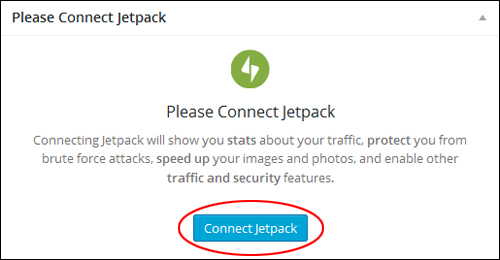

(Connect Jetpack to your WordPress.com account)
Next, activate a feature called Publicize …
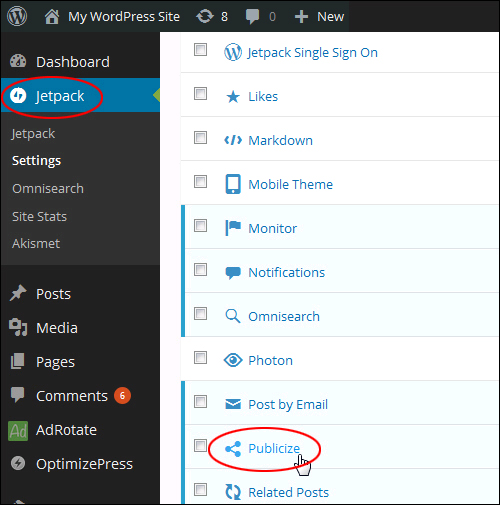

(Jetpack plugin – Publicize feature)
Once this section is configured, you will be able to automatically share your posts on Facebook, Tumblr, Twitter, Google+, LinkedIn, and more …
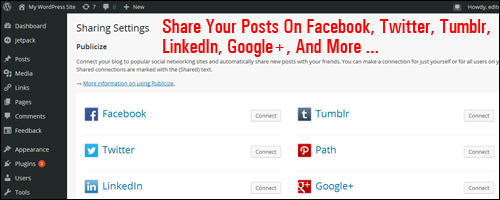

(Distribute your posts to various social media accounts.)
After configuring all plugin and account settings, your content is ready for distribution.
The Publicize feature adds a new section to your Publish box …
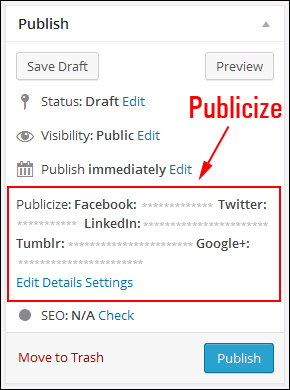

(Publicize account settings appear in the publishing area.)
Now, whenever you publish a new post, it will automatically be shared online to all of the accounts you have set up …


(As soon as posts are published, they are automatically distributed online.)
Go here for more information about this powerful plugin: Jetpack
CommentLuv
(CommentLuv)
The built-in WordPress commenting feature lets your visitors engage with your web site, post new comments, reply to existing comments and participate in discussions as part of a community.
You can enhance the WordPress built-in commenting feature using third-party plugins like Disqus, IntenseDebate, LiveFyre, or CommentLuv that integrate your comments with social media, helping to spread and share them online.
For example, using a WordPress plugin like CommentLuv (Premium version) can help make your blog more attractive to commenters by offering them a choice of backlinks if they +1, tweet, or like your post. This plugin will visit the website of the comment author while they type their comment and retrieve their last blog posts, which they can include below their comment after clicking submit.
(CommentLuv Premium version can encourage a greater level of commenting and improve user engagement on your website or blog.)
Go here to learn more about the benefits of this plugin:
Social LinkMachine
(Social Link Machine – Set-and-forget content distribution plugin)
Social Link Machine is a WordPress plugin that allows you to drip-feed content, build diverse anchor text backlinks, include relevant images and videos, and 2nd-tier links and social signals on auto-pilot …
(Social Link Machine – drip-feed your content to over 30 social websites)
With Social LinkMachine installed, you can automatically drip-feed your content to over 30 authority sites, like:
- Social Bookmarking Platforms: e.g. Deviantart, Diigo, Plurk, Stumbleupon, etc.
- Blogs: e.g. Blogger, Sett, Tumblr, etc.
- Social Platforms: Facebook, Xing, etc.
- Image Sharing: e.g. Flickr, etc.
- PDF Sharing: e.g. Docdroid, Sendspace, etc.
To learn more about this plugin, visit this site: Social Link Machine
Also, if you would like to know more about setting up social media tracking (in order to get useful information about your content marketing efforts), we have written a comprehensive article about social media monitoring tools and technologies that will help you manage, measure, and analyze your social media marketing initiatives. For more info, see this article:
![]()
![]()
The above are just a few examples of the many content distribution plugins that WordPress makes available.
Kickstart Your WordPress Traffic System
After your traffic automation system has been set up, we recommend kickstarting the process of driving traffic to your site with the steps shown in this tutorial:
WordPress Traffic Blueprint: Content Distribution Stage – Summary
Once you have your website or blog and plugins expertly configured and set up, all you then need to do is publish content consistently to automatically bring more web traffic organically.
![]()
![]()
If you need endless topics for content that you can post on your site, we recommend subscribing to our email training series here:
Once you have expertly configured your WordPress site, the next step is to optimize as much of the process as can be improved. This step is addressed in the next article in the WordPress Traffic Automation Blueprint series.
This is the end of Part 4
To keep reading this article, click here:
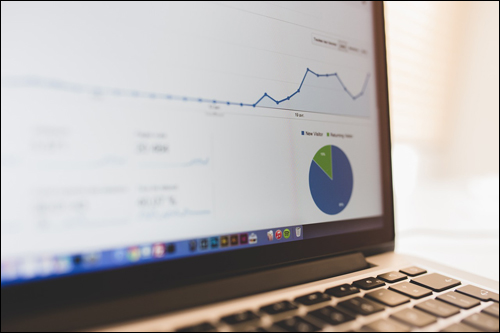

***
"This is AMAZING! I had learnt about how to use WordPress previously, but this covers absolutely everything and more!! Incredible value! Thank you!" - Monique, Warrior Forum
***



